Rising Awareness of Fungal Infections
The increasing awareness regarding fungal infections is a pivotal driver for the Antifungal Treatment Market. Educational campaigns and healthcare initiatives have led to heightened recognition of the symptoms and risks associated with these infections. As a result, patients are more likely to seek medical attention, thereby driving demand for antifungal treatments. Reports indicate that the prevalence of fungal infections has surged, with estimates suggesting that over 1.5 million people are affected annually. This growing awareness not only encourages early diagnosis but also promotes adherence to treatment regimens, ultimately contributing to market growth.
Increase in Immunocompromised Populations
The rise in immunocompromised populations, including those with HIV/AIDS, cancer, and organ transplant recipients, is a critical driver for the Antifungal Treatment Market. These individuals are at a heightened risk for fungal infections, necessitating effective antifungal therapies. Data suggests that the incidence of invasive fungal infections among immunocompromised patients is alarmingly high, with mortality rates reaching up to 50%. This demographic shift underscores the urgent need for effective antifungal treatments, thereby stimulating market demand. As healthcare systems adapt to cater to these vulnerable populations, the antifungal treatment sector is poised for substantial growth.
Regulatory Support for Antifungal Research
Regulatory bodies are increasingly supporting research and development in the Antifungal Treatment Market. Initiatives aimed at expediting the approval process for new antifungal agents are fostering innovation. For instance, the FDA has introduced programs to facilitate the development of treatments for serious fungal infections. This regulatory encouragement not only accelerates the availability of new therapies but also instills confidence in pharmaceutical companies to invest in antifungal research. As a result, the market is likely to witness a surge in new product launches, enhancing treatment options for patients.
Advancements in Antifungal Drug Development
Innovations in drug development are significantly influencing the Antifungal Treatment Market. The emergence of novel antifungal agents, particularly those targeting resistant strains, is reshaping treatment protocols. Recent studies indicate that the antifungal drug market is projected to reach approximately USD 15 billion by 2026, driven by the introduction of new therapies. These advancements not only enhance treatment efficacy but also expand the therapeutic options available to healthcare providers. As resistance to existing antifungal medications becomes more prevalent, the need for innovative solutions is likely to propel market growth.
Growing Demand for Over-the-Counter Antifungal Products
The rising demand for over-the-counter antifungal products is shaping the Antifungal Treatment Market. Consumers are increasingly seeking accessible treatment options for common fungal infections, such as athlete's foot and nail fungus. Market analysis indicates that the OTC antifungal segment is expected to grow significantly, driven by consumer preference for self-medication. This trend is further supported by the convenience and availability of these products in pharmacies and online platforms. As awareness of fungal infections continues to rise, the demand for OTC antifungal treatments is likely to expand, contributing to overall market growth.
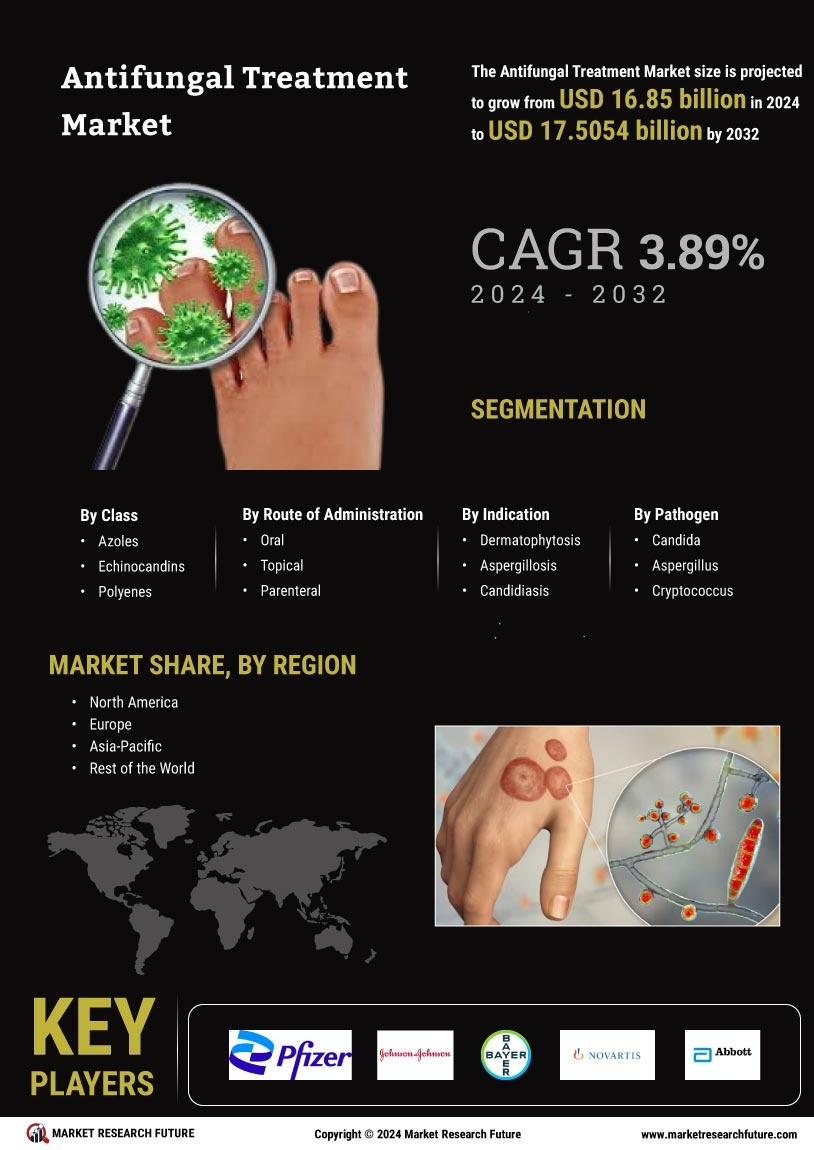

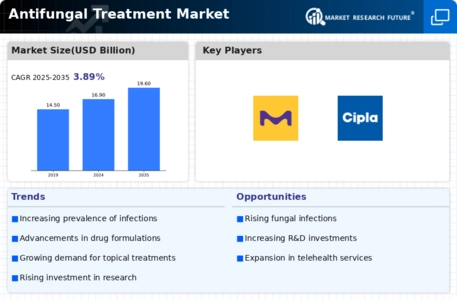
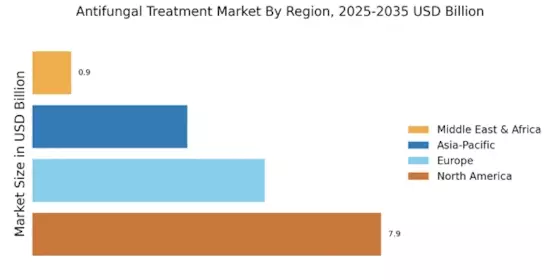
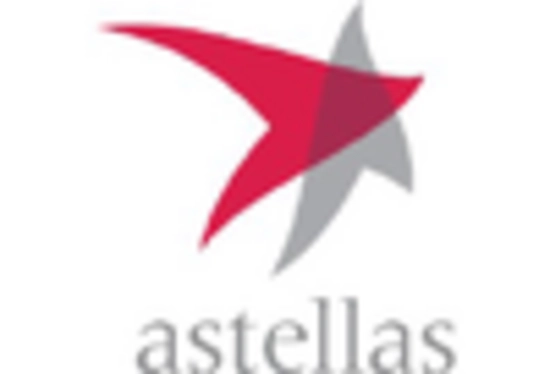

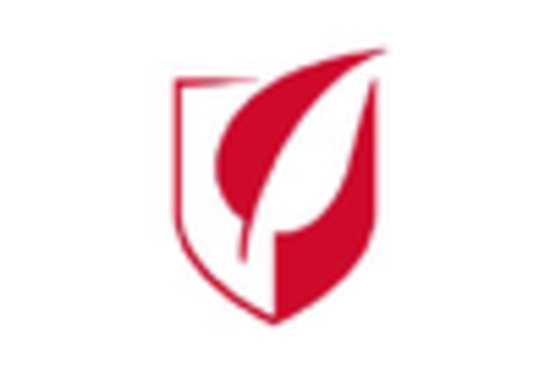
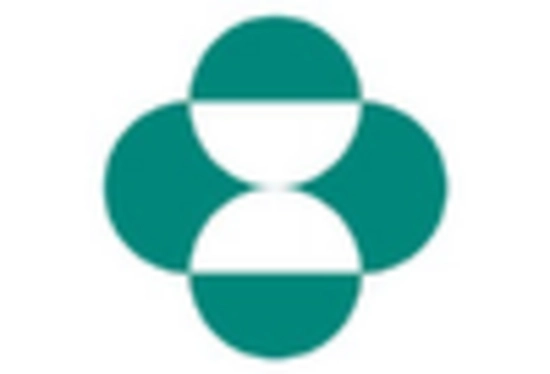

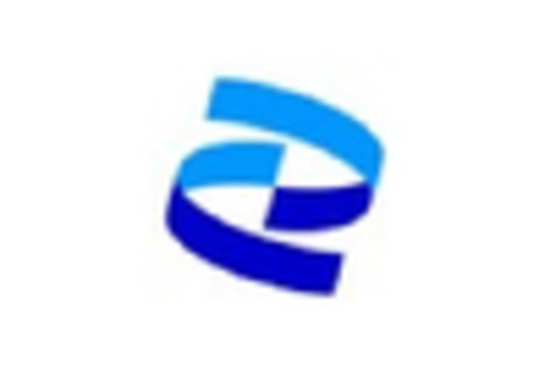








Leave a Comment